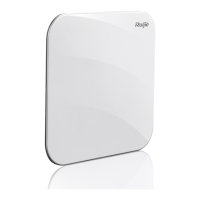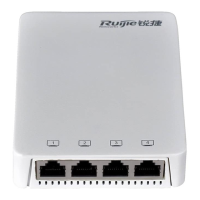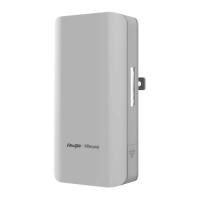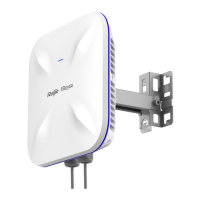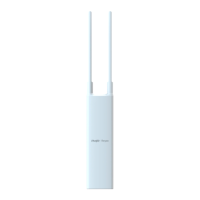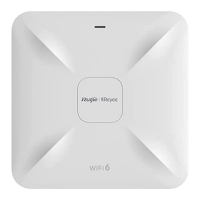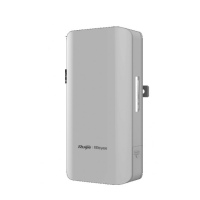Configuration Guide Configuring IPv6
3.3.4 IPv6 PMTUD
Similar to IPv4 Path MTU Discovery (PMTUD), IPv6 PMTUD allows a host to dynamically discover and adjust the MTU
size on the data Tx path. If the length of a data packet to be sent by a host is greater than the PMTU, the host performs
packet fragmentation on its own. In this manner, the IPv6 device does not need to perform fragmentation, saving device
resources and improving the IPv6 network efficiency.
Figure 3-10
As shown in Figure 3-10, if the length of a packet to be sent by the host is greater than the PMTU, the router discards this
packet and sends an ICMPv6 Packet Too Big message containing its PMTU to the host. The host then fragments the
packet based on the new PMTU. In this manner, the router does not need to perform fragmentation, saving router
resources and improving the IPv6 network efficiency.
Related Configuration
Configuring the IPv6 MTU of an Interface
The default IPv6 MTU is 1500 on an Ethernet interface.
To reduce additional overhead caused by discarding packets, a proper MTU value should be configured based on
the actual networking environment. Run the ipv6 mtu command to modify the IPv6 MTU of an interface.
3.3.5 IPv6 Neighbor Discovery
NDP is a basic part of IPv6. Its main functions include router discovery, prefix discovery, parameter discovery, address
auto-configuration, address resolution (like ARP), next-hop determination, NUD, DAD, and redirection. NDP defines five
ICMP packets: RS (ICMP type: 133), RA (ICMP type: 134), NS (similar to ARP request, ICMP type: 135), NA (similar to
ARP reply, ICMP type: 136), ICMP Redirect (ICMP type: 137).
All the above ICMP packets carry one or multiple options. These options are optional in some cases but are significant in
other cases. NDP mainly defines five options: Source Link-Layer Address Option, Type=1; Target Link-Layer Address
Option, Type=2; Prefix Information Option, Type=3; Redirection Header Option, Type=4; MTU Option, Type=5.
Address Resolution
When a node attempts to communicate with another, the node has to obtain the link-layer address of the peer end by
sending it an NS packet. In this packet, the destination address is the solicited-node multicast address corresponding to
the IPv6 address of the destination node. This packet also contains the link-layer address of the source node. After
receiving this NS packet, the peer end replies with an NA packet in which the destination address is the source address of
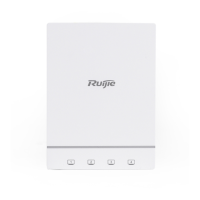
